- Antipasti
- Bella Italia
- Dessert
- Drinks
- Favorite Italian recipes
- Main courses
- Pasta
- Pizza
- Side dishes and salad
- Tips & Knowledge
Tiramisu recipe – Original Italian
Learn layer by layer what makes a classic tiramisù. We show you how to make this classic dessert yourself using Italian ladyfingers, mascarpone and espresso. You can easily prepare the tiramisu a day in advance. And the best thing is: you don't have to bake it!
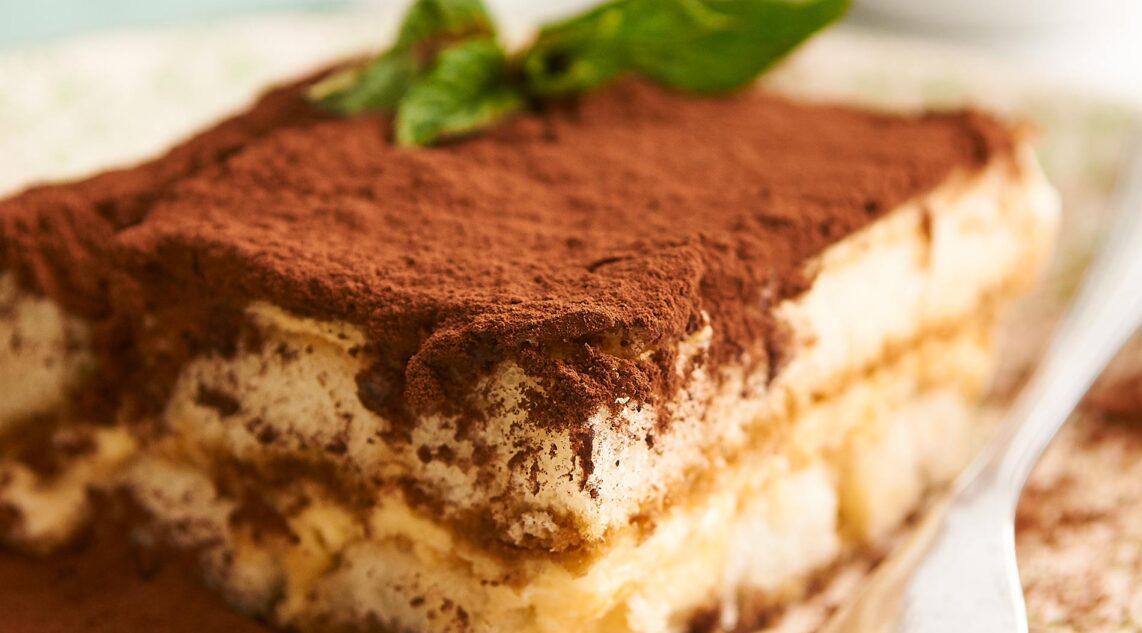
- 500 g Mascarpone
- 4 Egg yolk
- 4 EL Sugar
- 2 cold espressos
- 4 cl Marsala
- 150 g Ladyfingers
- 2 EL Cocoa powder, unsweetened
Schritt für Schritt durch´s Rezept
- Step 1Beat the egg yolks and sugar with a mixer until frothy. Gradually stir in the mascarpone cream with a whisk until the sugar has dissolved and the cream is no longer grainy.
- Step 2Pour the espresso and brandy into a shallow bowl. Prepare a baking dish. Dip one half of the ladyfingers briefly into the espresso and line the bottom of the dish with them.
- Step 3Pour in half of the mascarpone mixture and smooth out. Spread a second layer of ladyfingers on top and cover with the remaining mascarpone cream.
- Step 4Place in the fridge for at least 4 hours. Sprinkle with unsweetened cocoa before serving. Divide into eight equal pieces. Buon appetito!
What is tiramisu actually?
Tiramisu is one of the most popular Italian desserts. It consists of sponge fingers soaked in coffee and layered with a mixture of mascarpone, eggs and sugar. It is traditionally flavored with Marsala or Amaretto and dusted with cocoa powder.
The name “Tiramisu” means “pull me up” or “make me happy” in Italian. The name probably comes from the stimulating ingredients such as coffee and liqueur.
It’s all about the ingredients
- Mascarpone: Use a high-quality mascarpone cream for the best taste and the right texture. Italians swear by mascarpone from Lombardy. This is where the cream cheese comes from and has the best qualities.
- Ladyfingers (Savoiardi): The quality of the ladyfingers is crucial for defined layers. The best results are achieved with traditionally baked ladyfingers. They are larger and fluffier than those from the local supermarket.
- Coffee: Use strong espresso or a really strong coffee to conjure up the typical taste of tiramisu.
- With or without alcohol: a dash of Marsala wine, Amaretto or Limoncello adds flavor to the tiramisu. For non-alcoholic versions, you can soak your ladyfingers in orange juice or almond syrup.
In summer, a version with strawberries tastes sweet and refreshing. This red and white dessert is quick to make and super tasty!
In winter, we recommend an interpretation with speculoos. The ladyfingers are replaced by the spiced cookies. Together with the mascarpone cream, the result is a dreamy treat.
Make your own tiramisu – video instructions
Raw eggs in a tiramisu recipe?
Pasteurized eggs are a safe alternative to raw eggs. They are heat-treated eggs. The procedure kills harmful bacteria without cooking the egg. Eggs can be pasteurized at home by heating them to a certain temperature. You will need a kitchen thermometer for this. To ensure safety, you must follow the instructions exactly.
- 1 Kitchen thermometer
- 1 Food processor, or hand mixer
- 2 Bowls
- 2 Whisk
- 1 Saucepan
- 1 Coffee machine
- 1 Trowel
- 1 Pallet
- 1 Casserole dish, approx. 32 cm x 20 cm x 6 cm
- 1 fine sieve, or cocoa shaker
Schritt für Schritt durch´s Rezept
- Step 1First separate the egg yolks.
- Step 2Bring 100 g of sugar and 100 g of water to the boil in a pan and heat to 121 °C. Check the exact temperature with a thermometer
- Step 3While the sugar syrup is boiling, whisk the egg yolks in a food processor until they have doubled in volume. Add the hot sugar syrup to the egg foam and continue beating for 10-20 seconds. The egg yolks are now pasteurized.
- Step 4Pour the egg yolk mixture into a bowl, stir in the vanilla, Marsala and, in small portions, the mascarpone.
- Step 5For the egg whites, also boil 60 g each of sugar and water to 121 °C.
- Step 6In a clean bowl, beat the egg whites with a whisk until stiff and pour the hot syrup into the mixer with the beaten egg whites. This also pasteurizes the egg whites and makes them safe to eat.
- Step 7Now pour the coffee into a bowl or shallow baking dish. Dip each sponge biscuit individually into the liquid. Only dip the cookies very briefly so that they do not become soft and fragile and line the bottom of a baking dish with them.
- Step 8Cover the layer of soaked Savoiardi with crème and smooth with the help of a palette knife.
- Step 9Spread another layer of soaked sponge fingers over the crème and cover with a final layer of crème.
- Step 10Dust with cocoa powder to decorate and leave to stand in the fridge for at least 4 hours.
History of tiramisu
Unbelievable, but true. The Italian dictionary Sabatini Coletti lists the word tiramisu for the very first time in 1980, which means that the dessert has not been part of Italian cuisine for all that long.
There are indications that the dish was invented in the 1960s in Veneto, more precisely in the restaurant “Le Beccherie” in Treviso. The inventor would therefore be the owner of the restaurant, Roberto Linguanotto.
But as is always the case, there are many other origin myths circulating. Some claim that the original recipe contains ladyfingers, egg yolks, sugar, coffee, mascarpone and cocoa powder – but no liqueur and no egg whites. The original shape of the cake was also round. The square shape only came about because ladyfingers are so practical to layer in square baking dishes.
FAQ Tiramisu recipe
Do you have any questions about the tiramisu recipe or would you like to share your personal cooking trick with us? Then write a quick comment below!
At least 3 hours, ideally overnight, so that the flavors combine well and the consistency becomes firm.
The ladyfingers should only be dipped briefly in the coffee so as not to absorb too much liquid.
Tiramisu can be kept in the fridge for up to 3 days. It should be well covered to preserve its freshness.
Problems can occur when using raw eggs in tiramisu, for example salmonella. This risk must be taken seriously, especially in the case of elderly, sick people, children and pregnant women. We recommend making the recipe with pasteurized eggs.
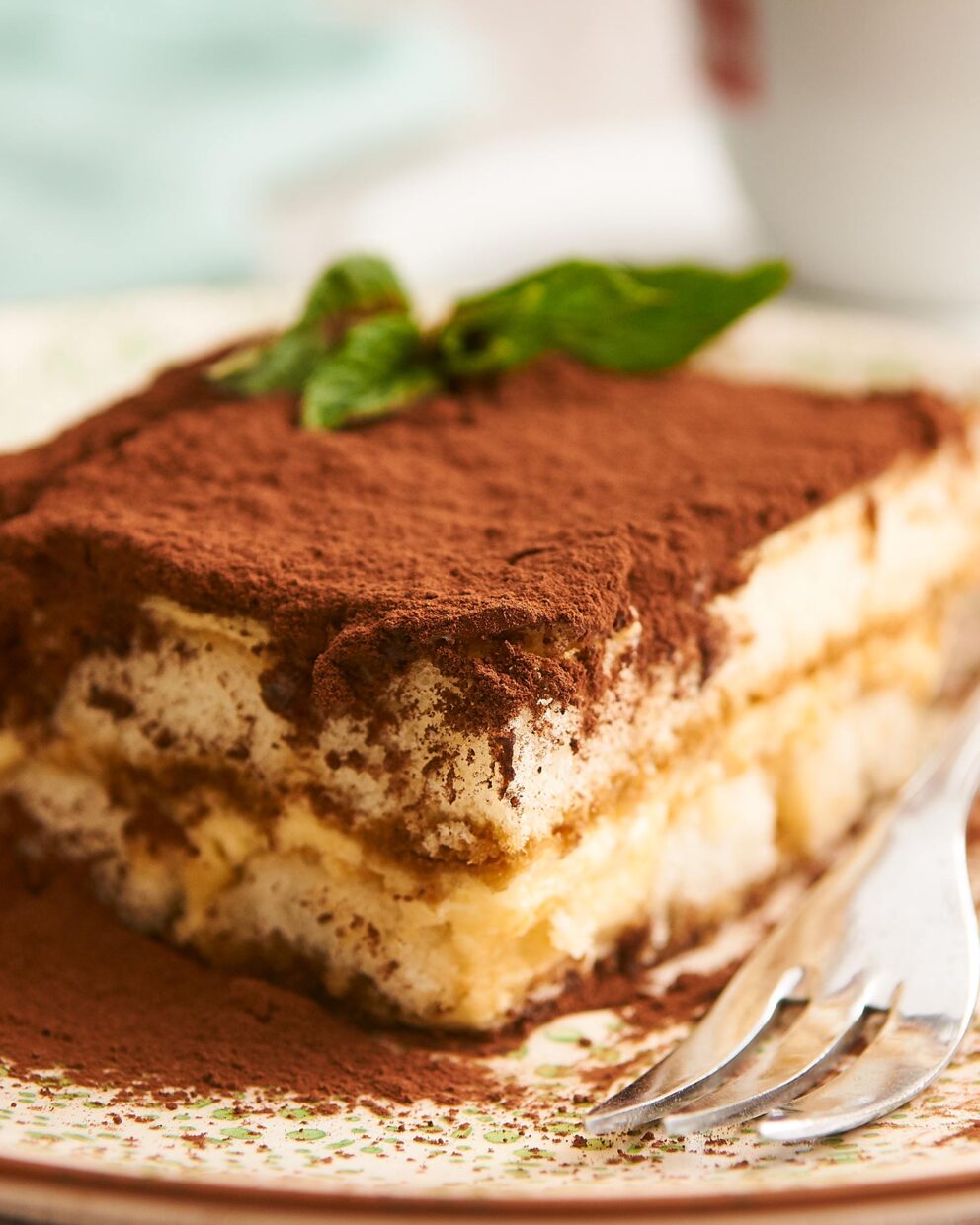

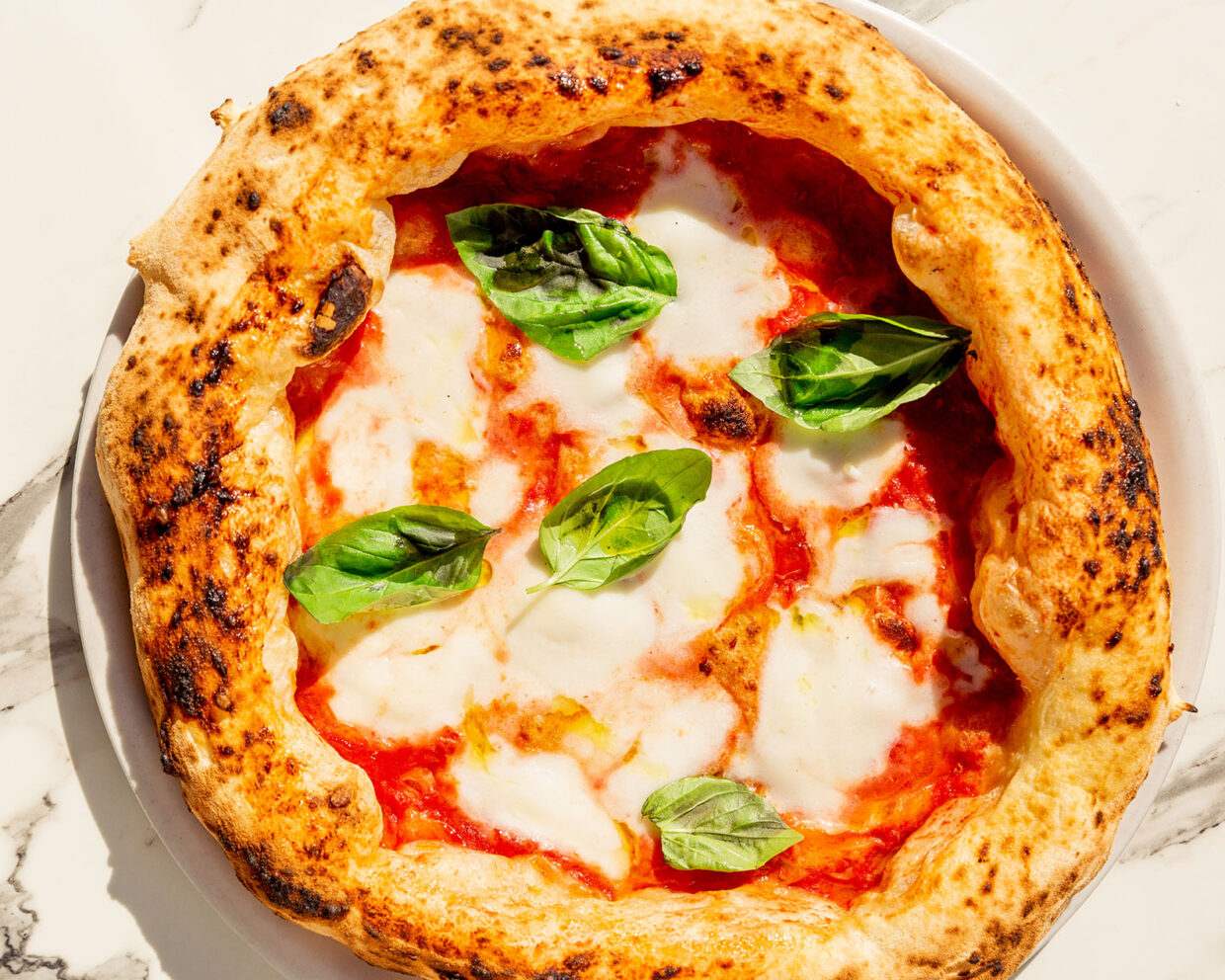
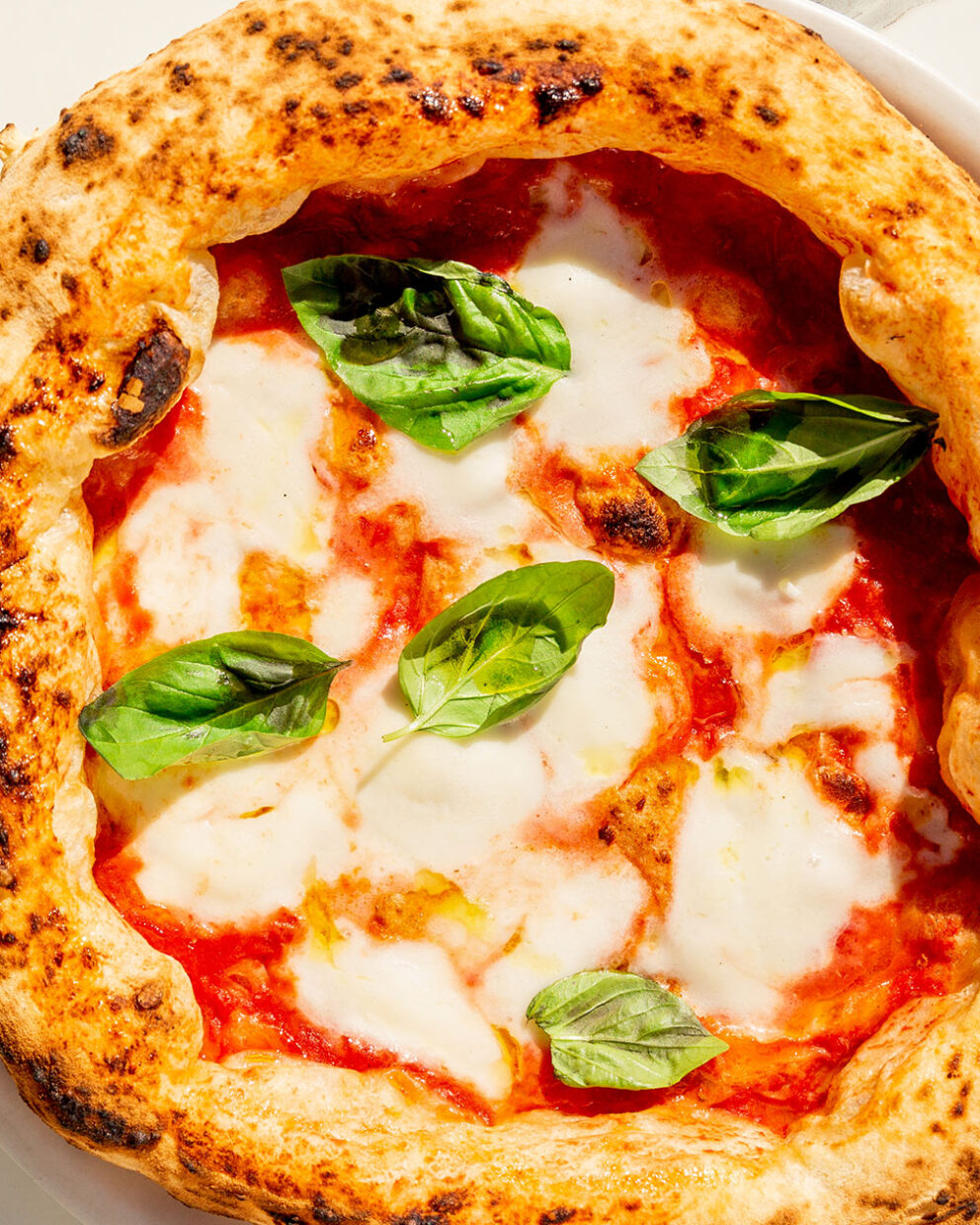
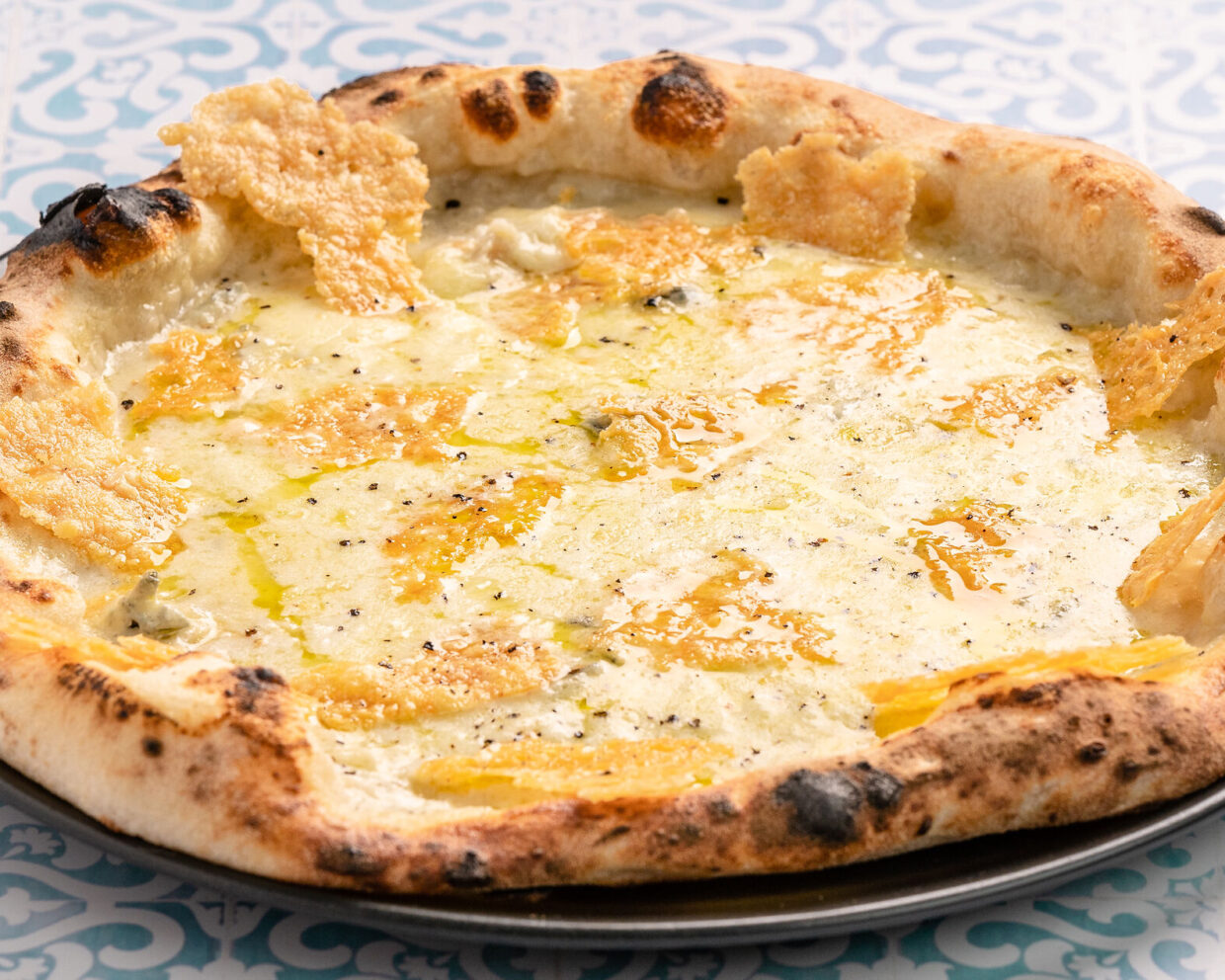
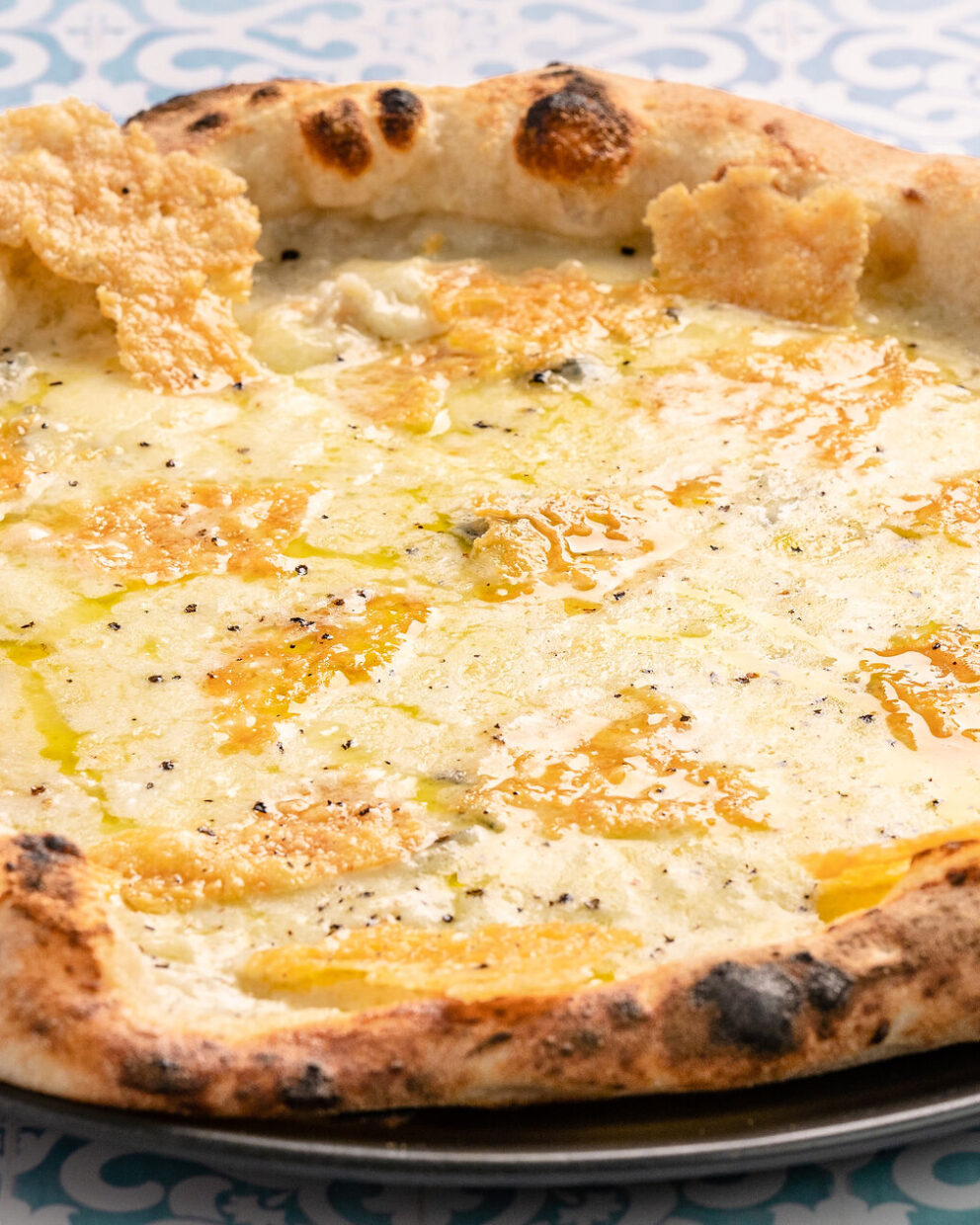
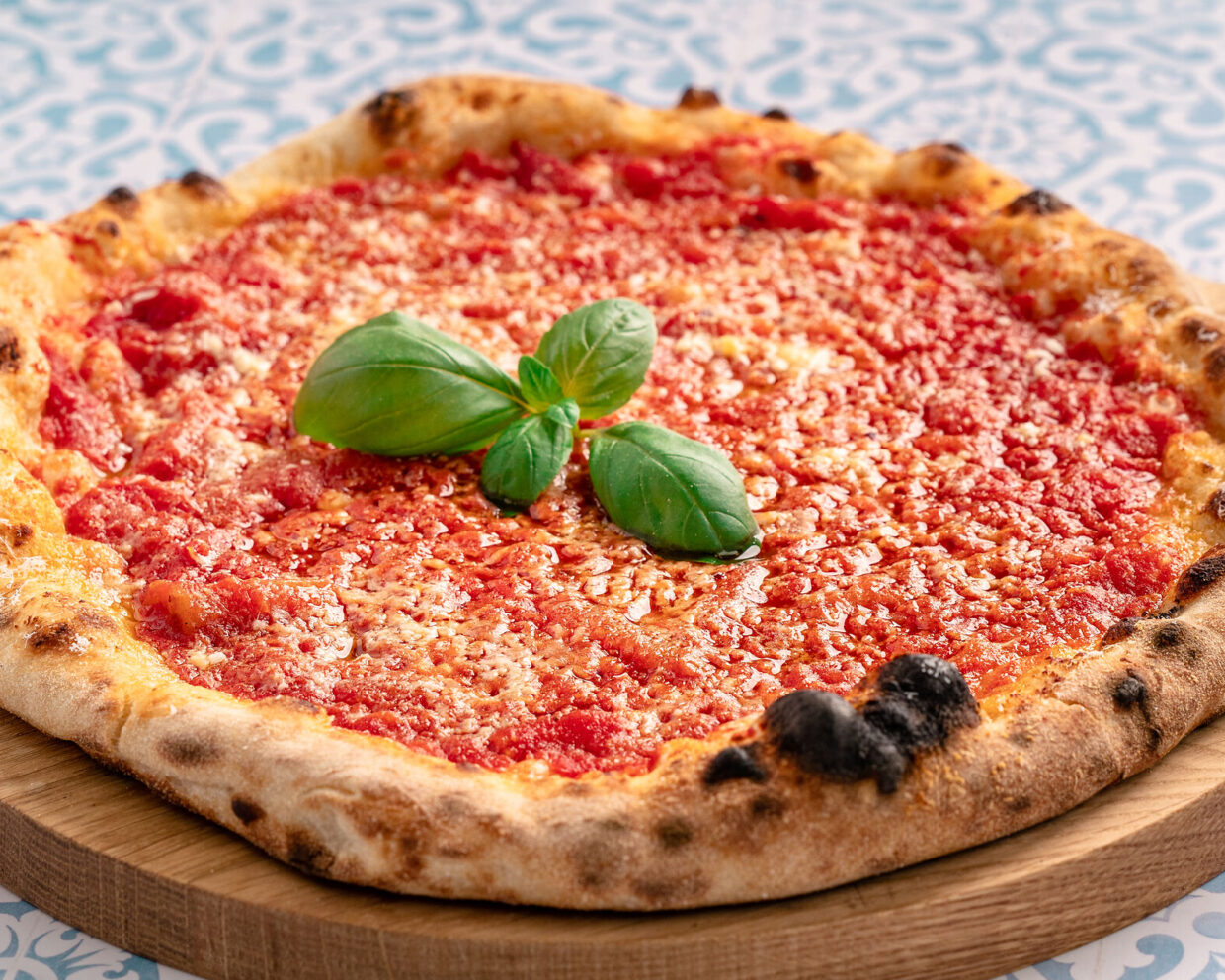

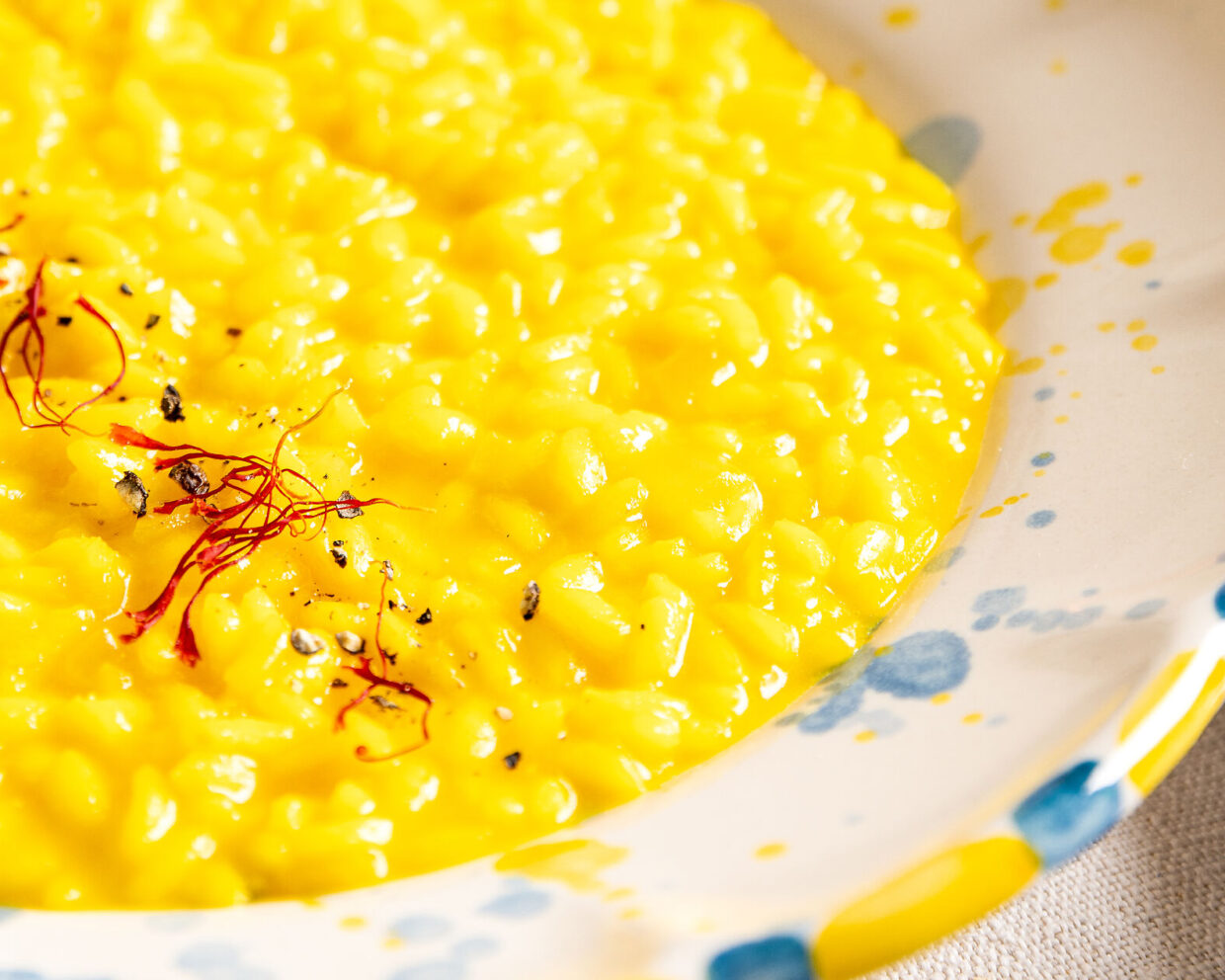
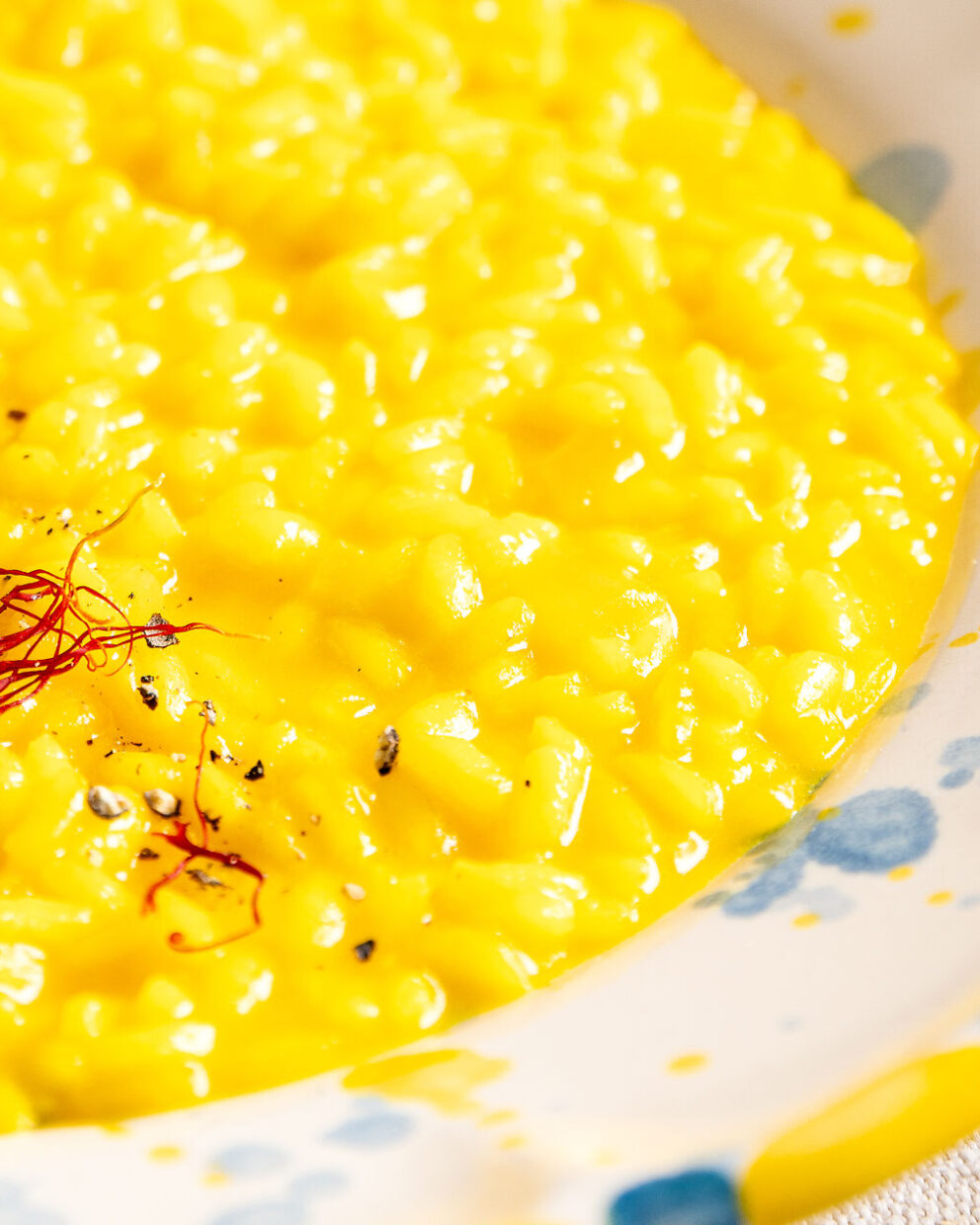
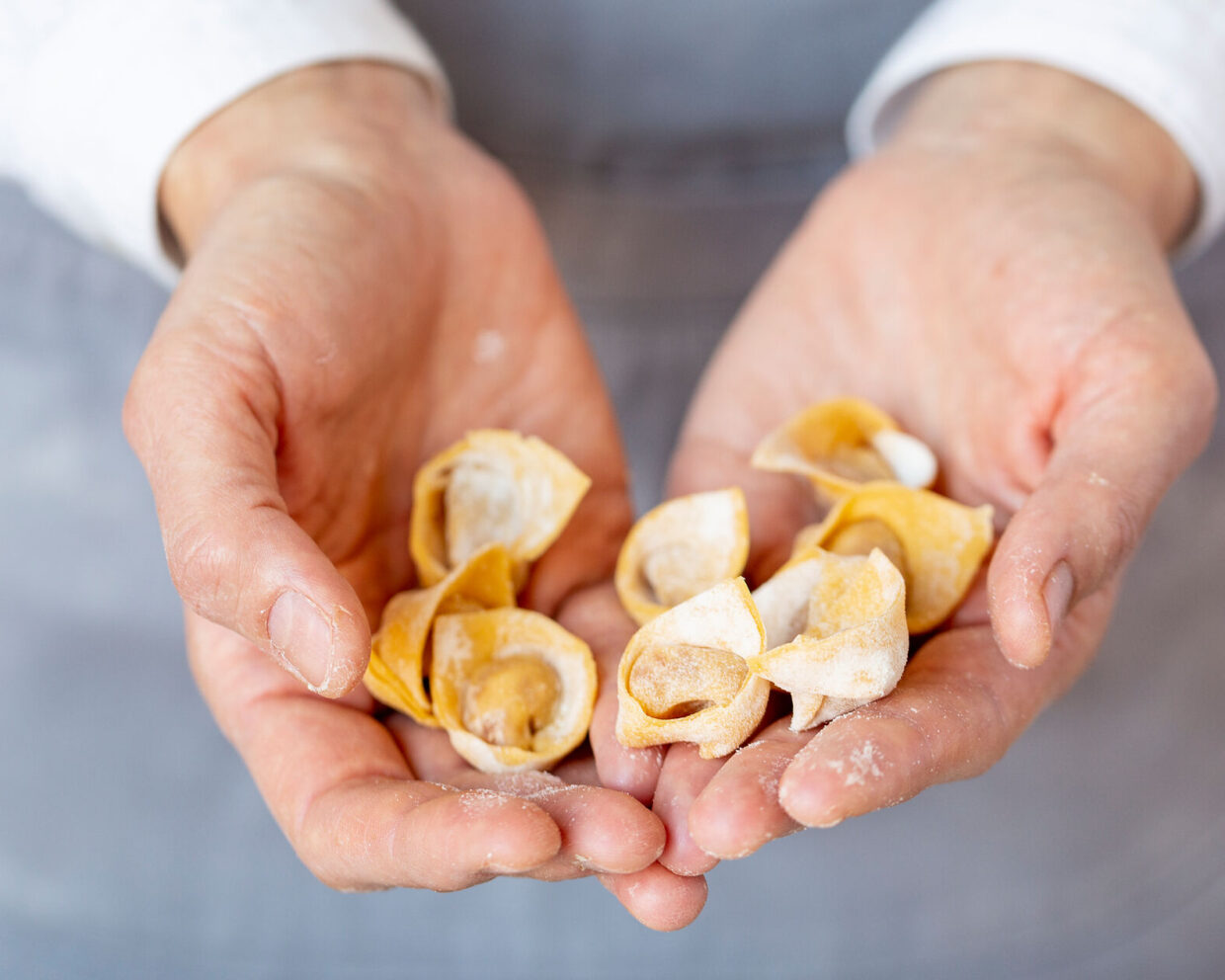
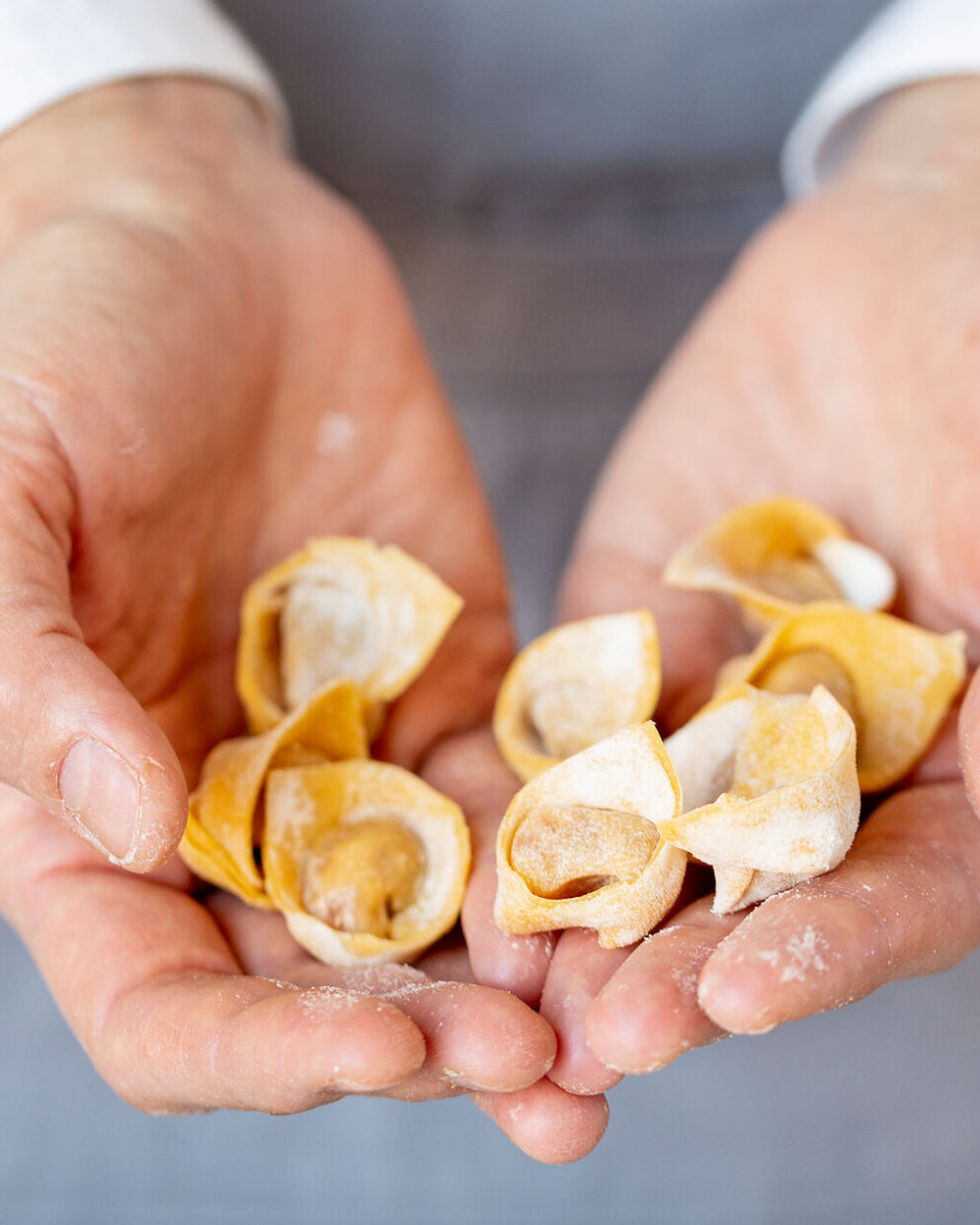
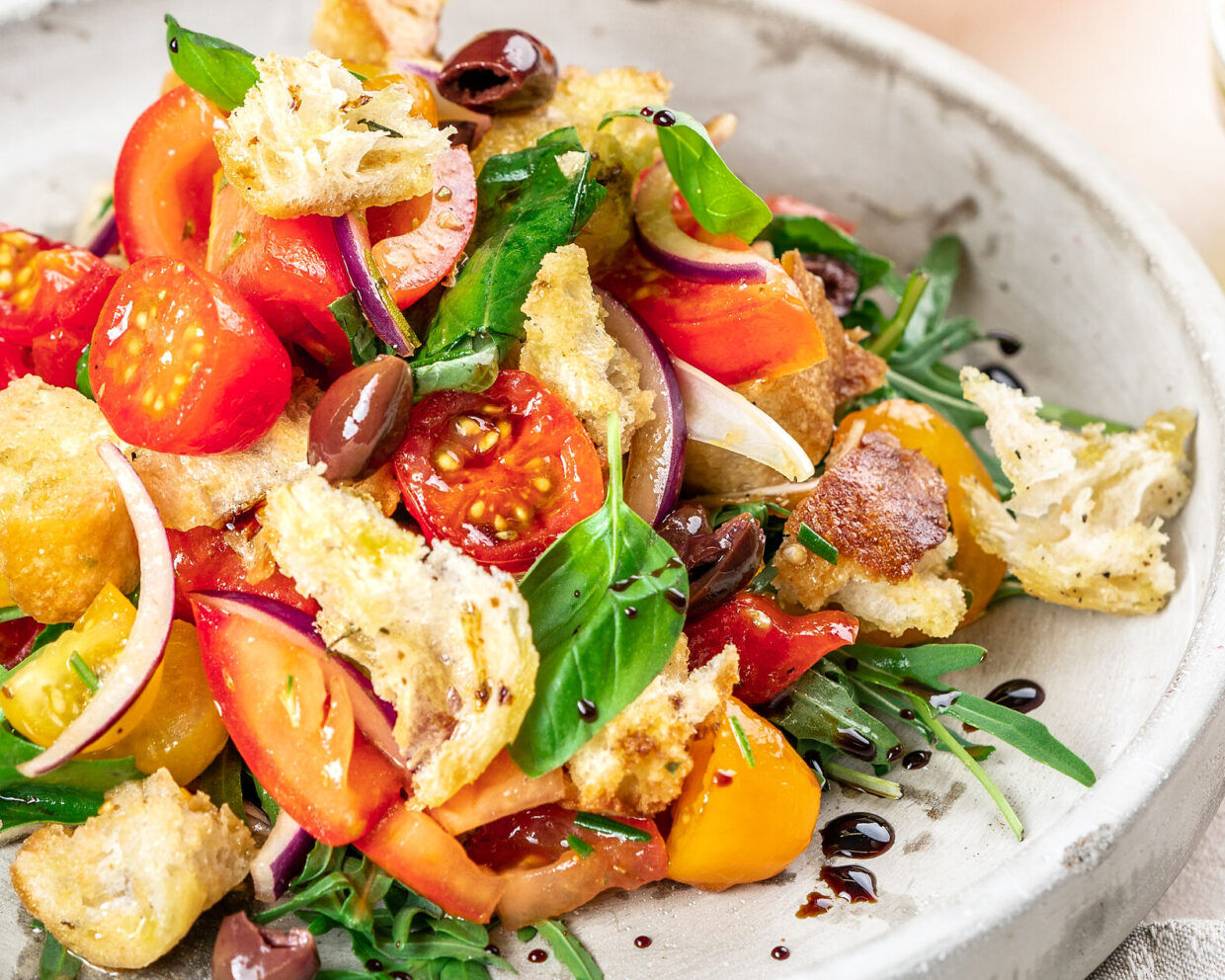
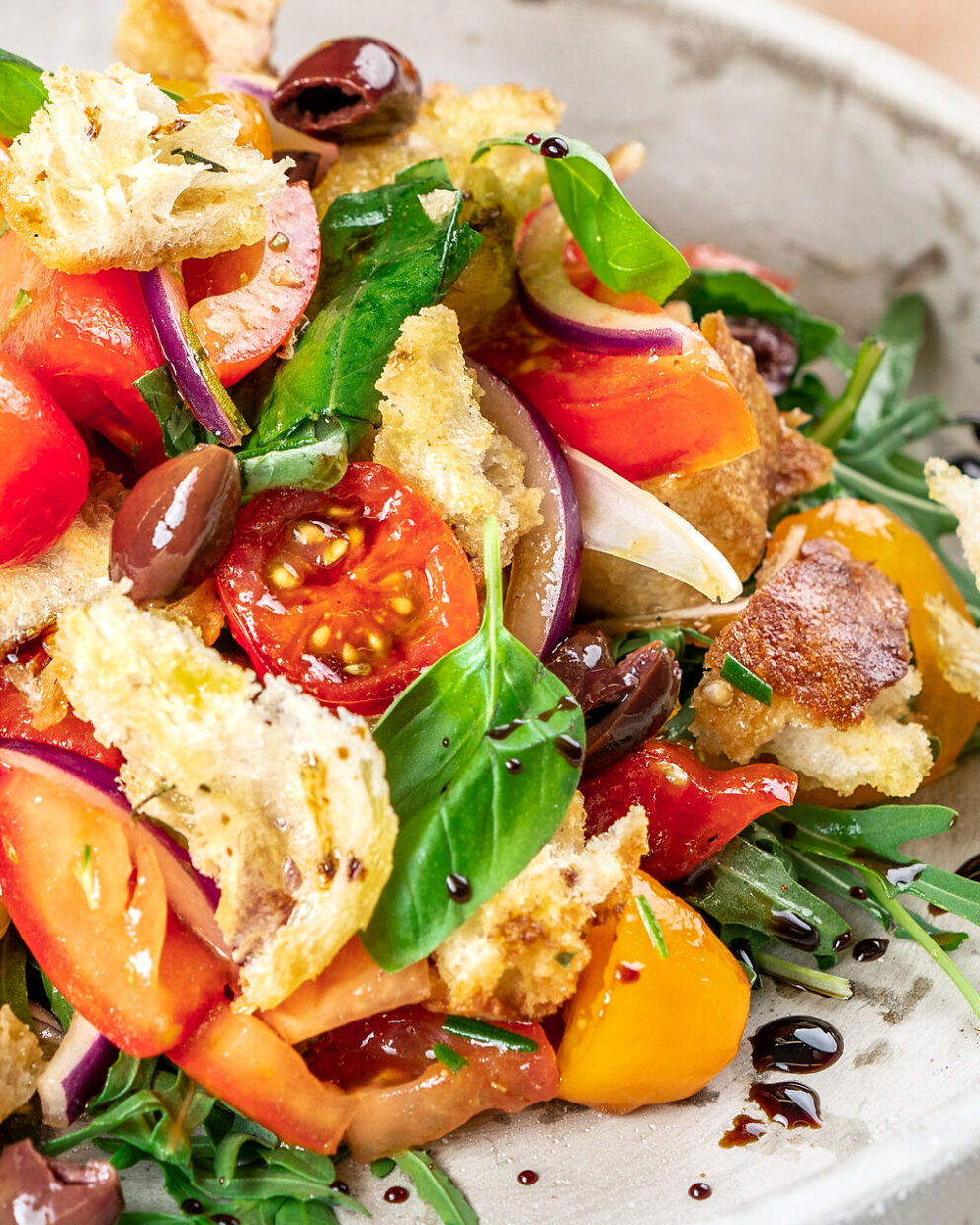
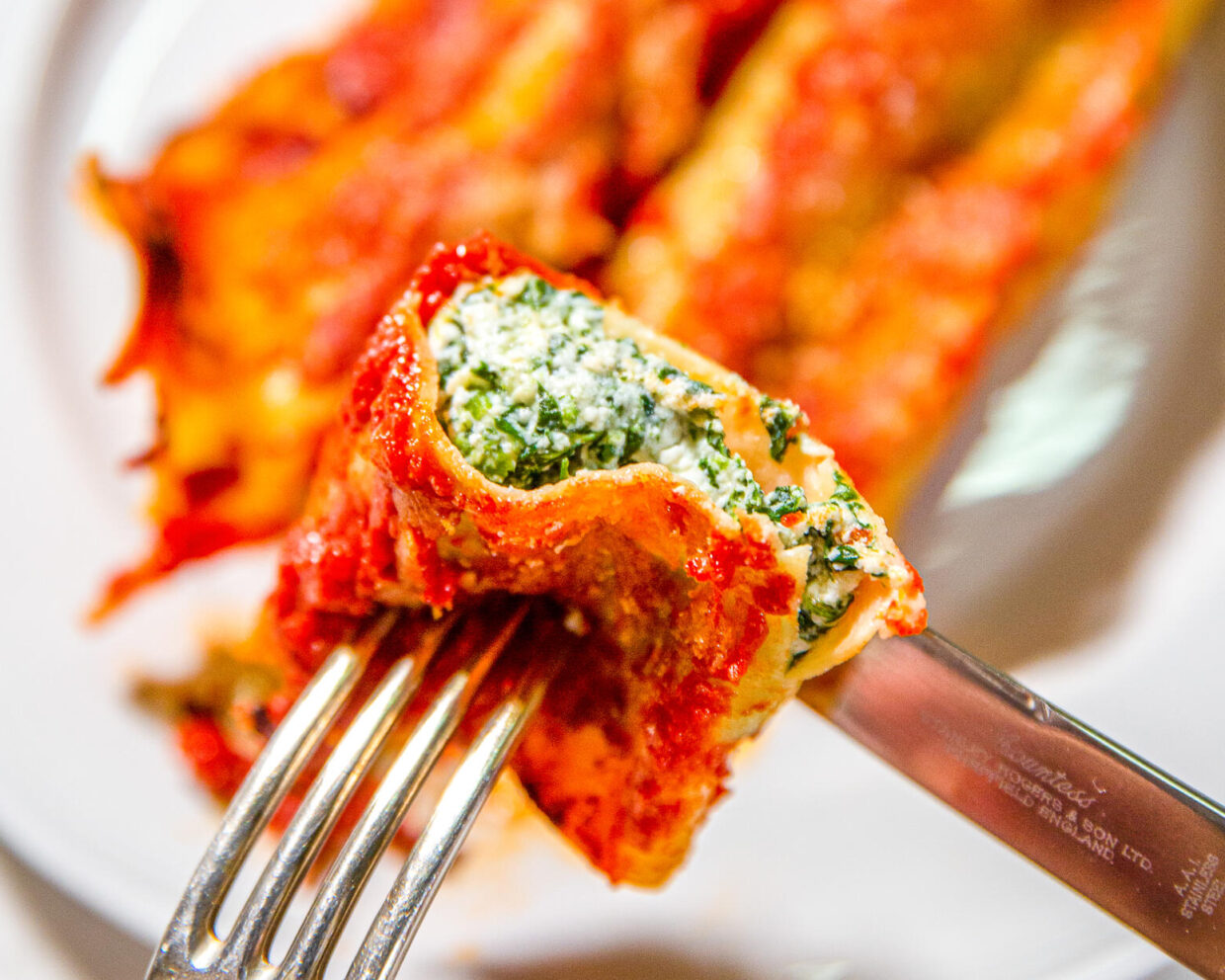
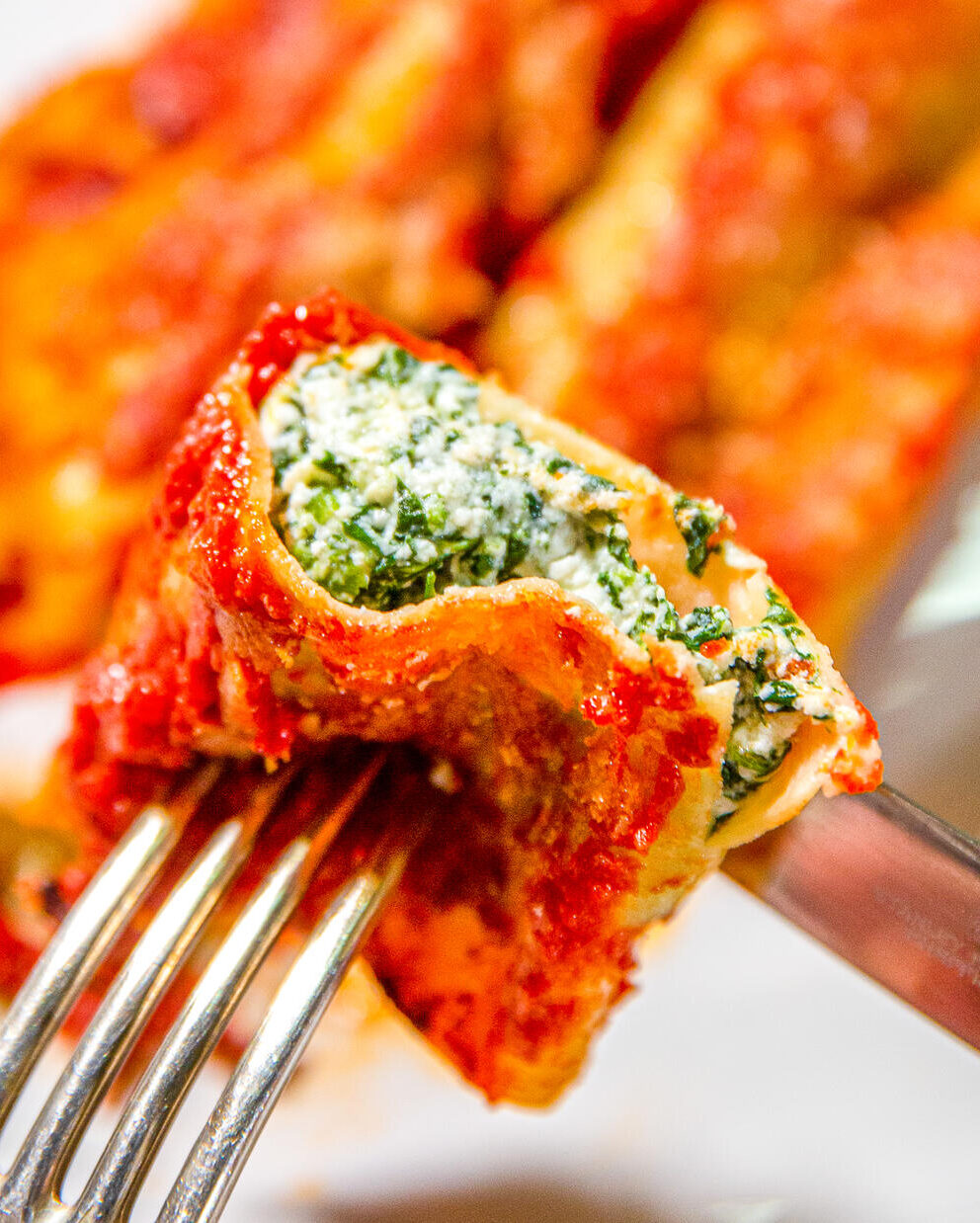
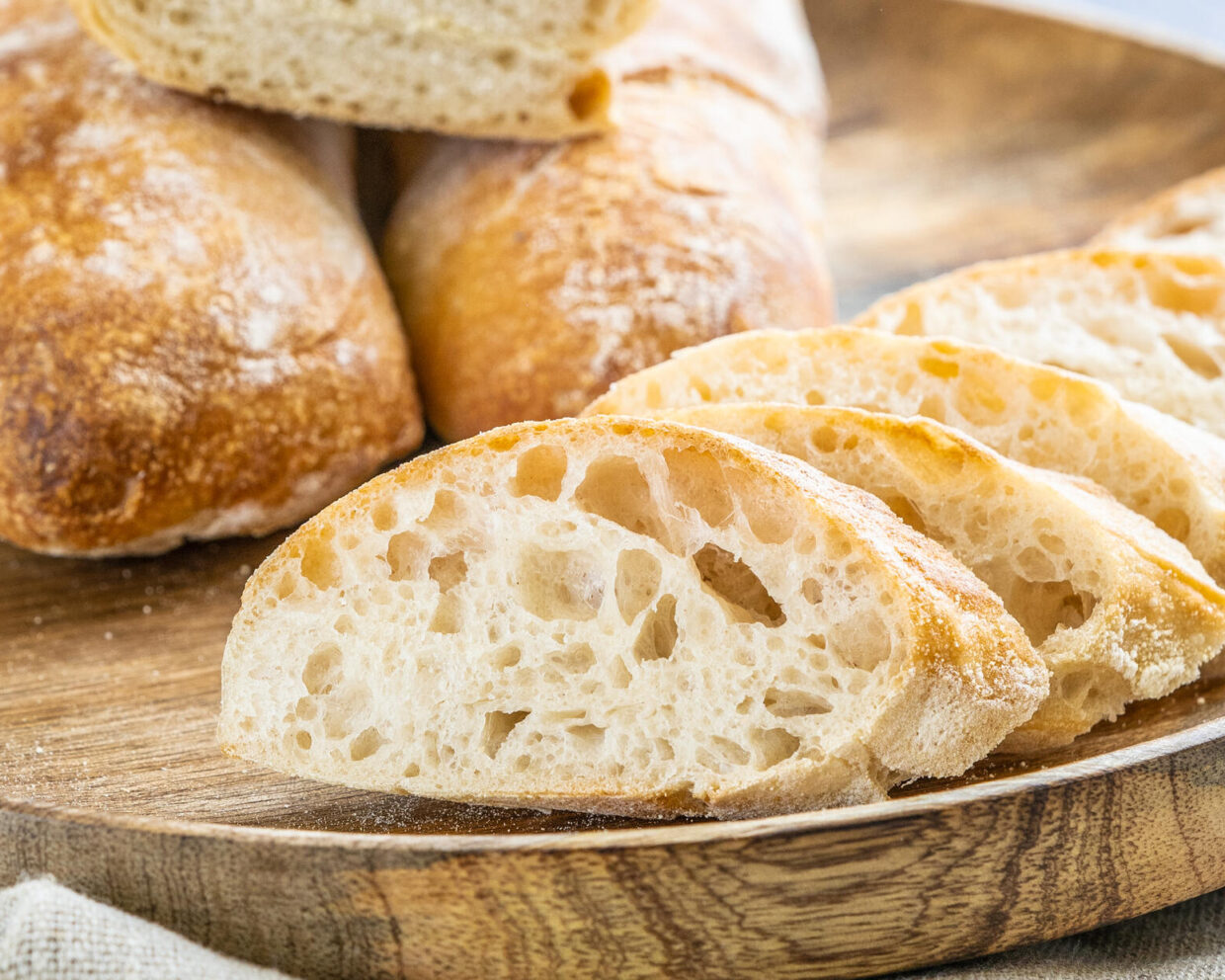
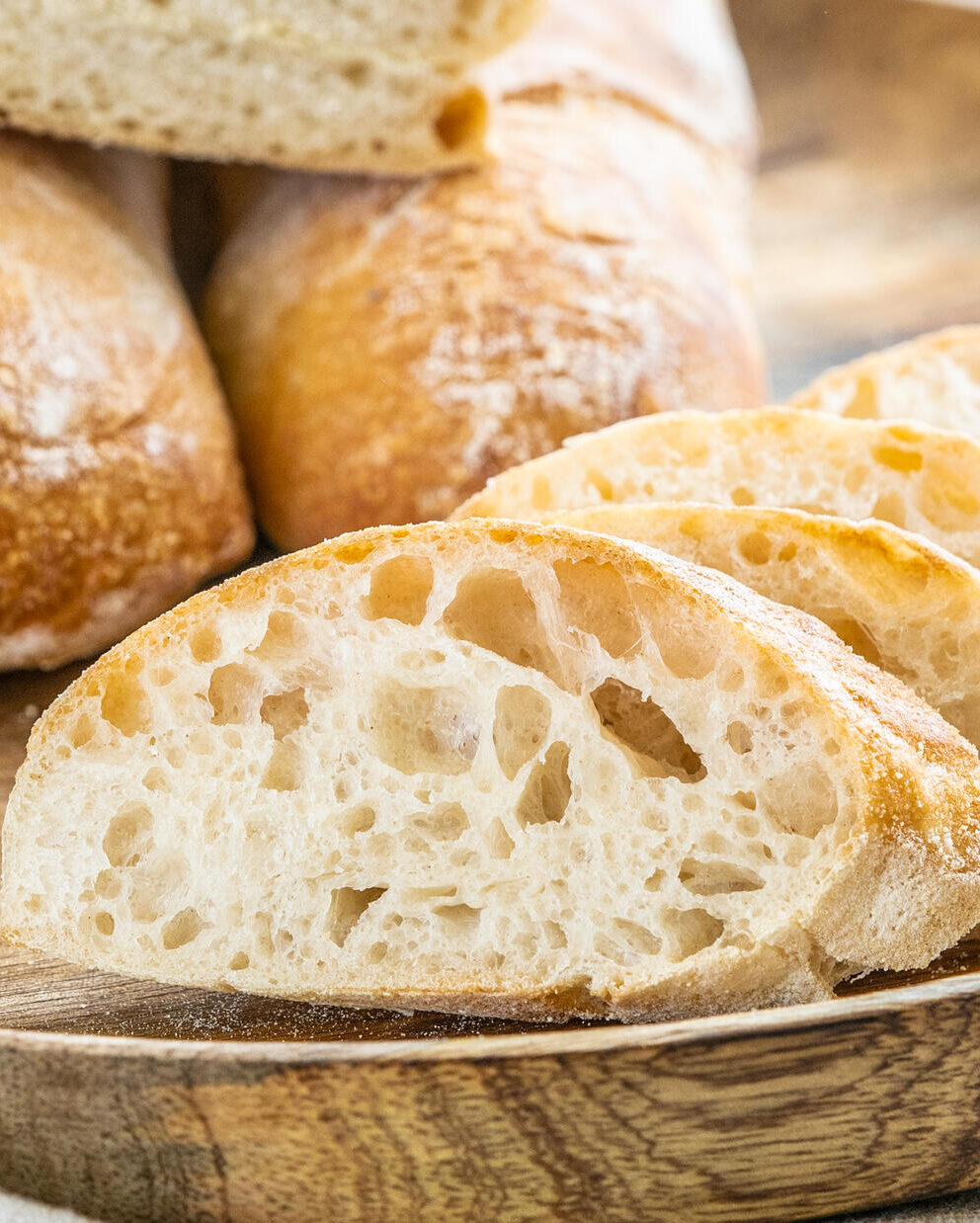
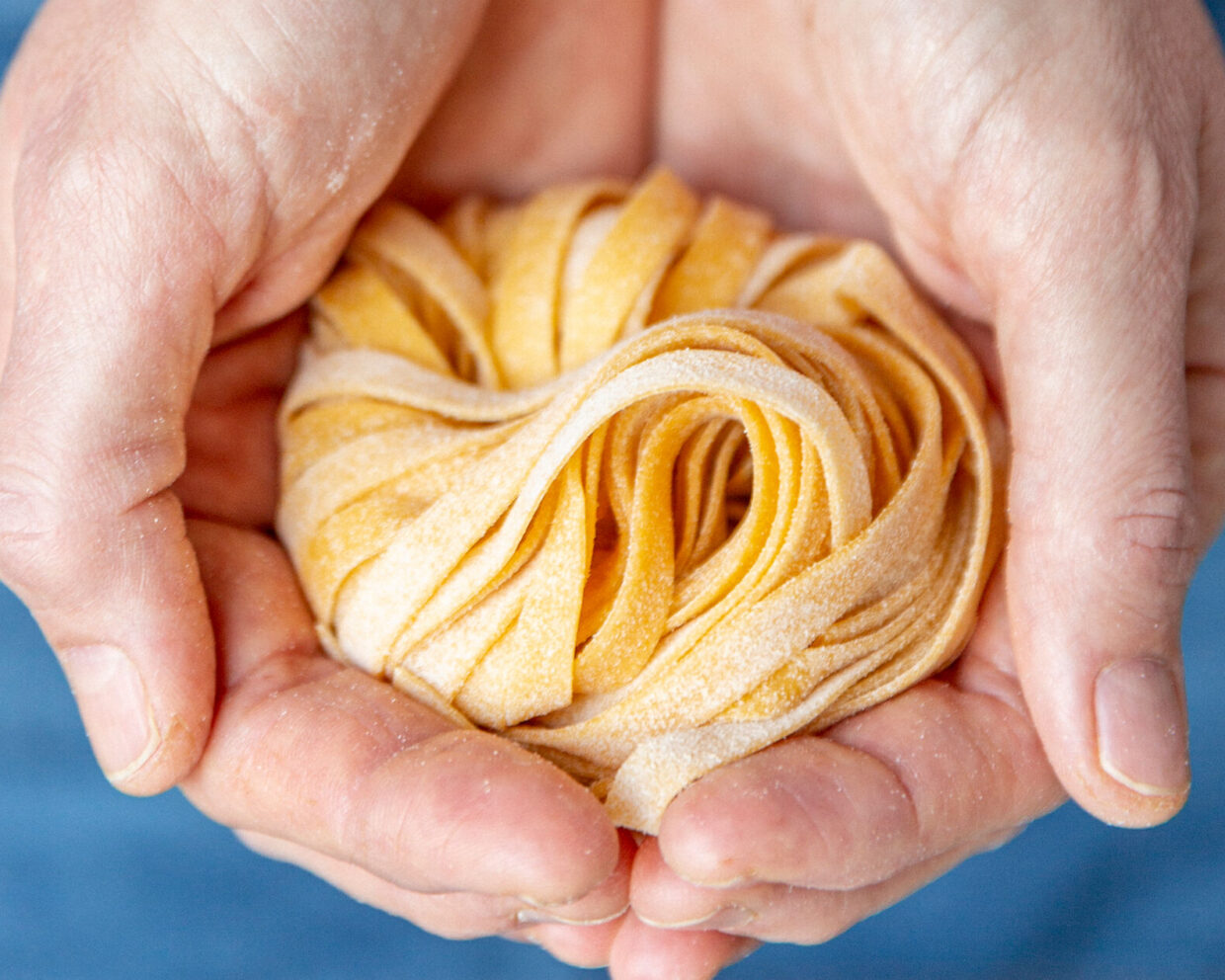
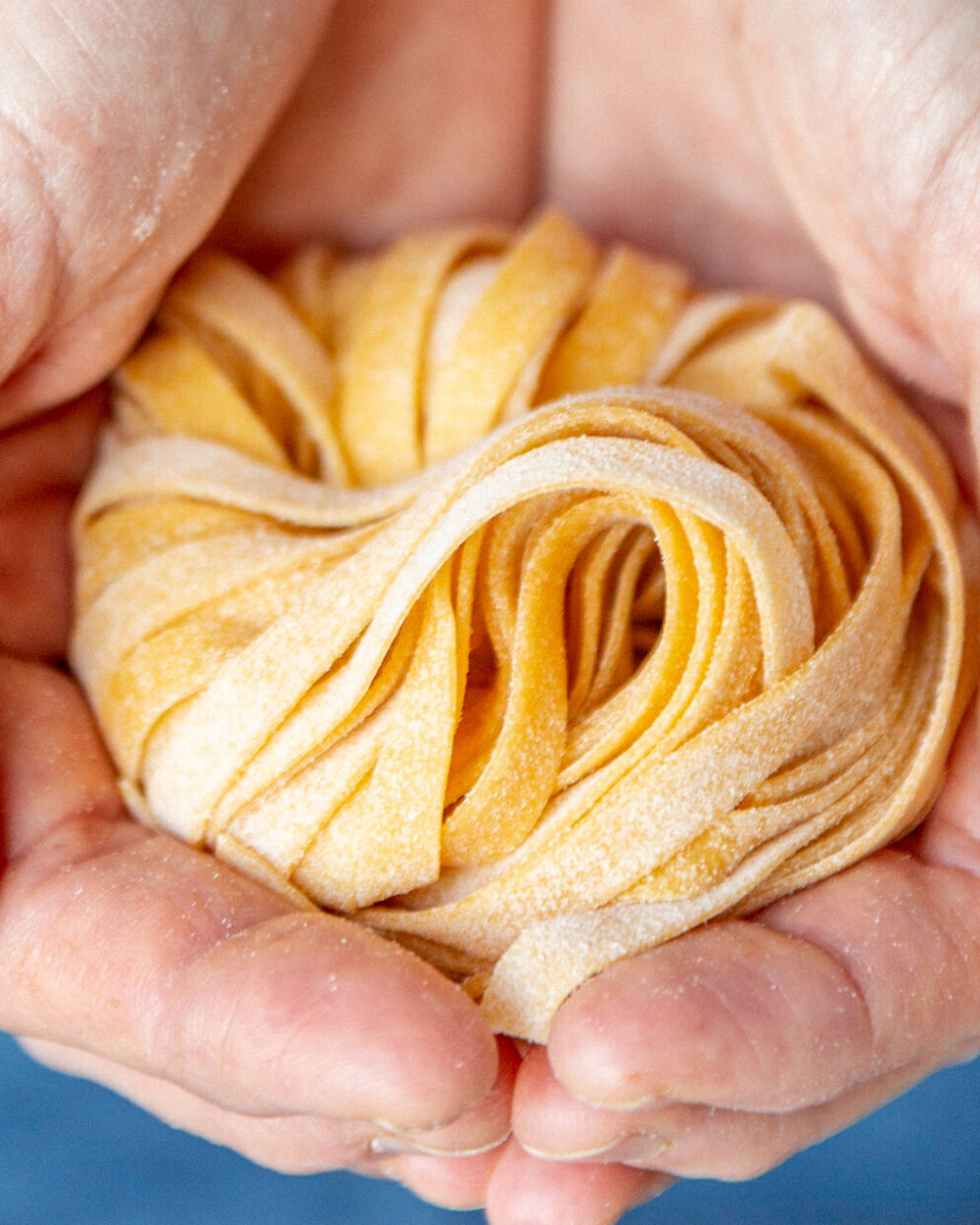
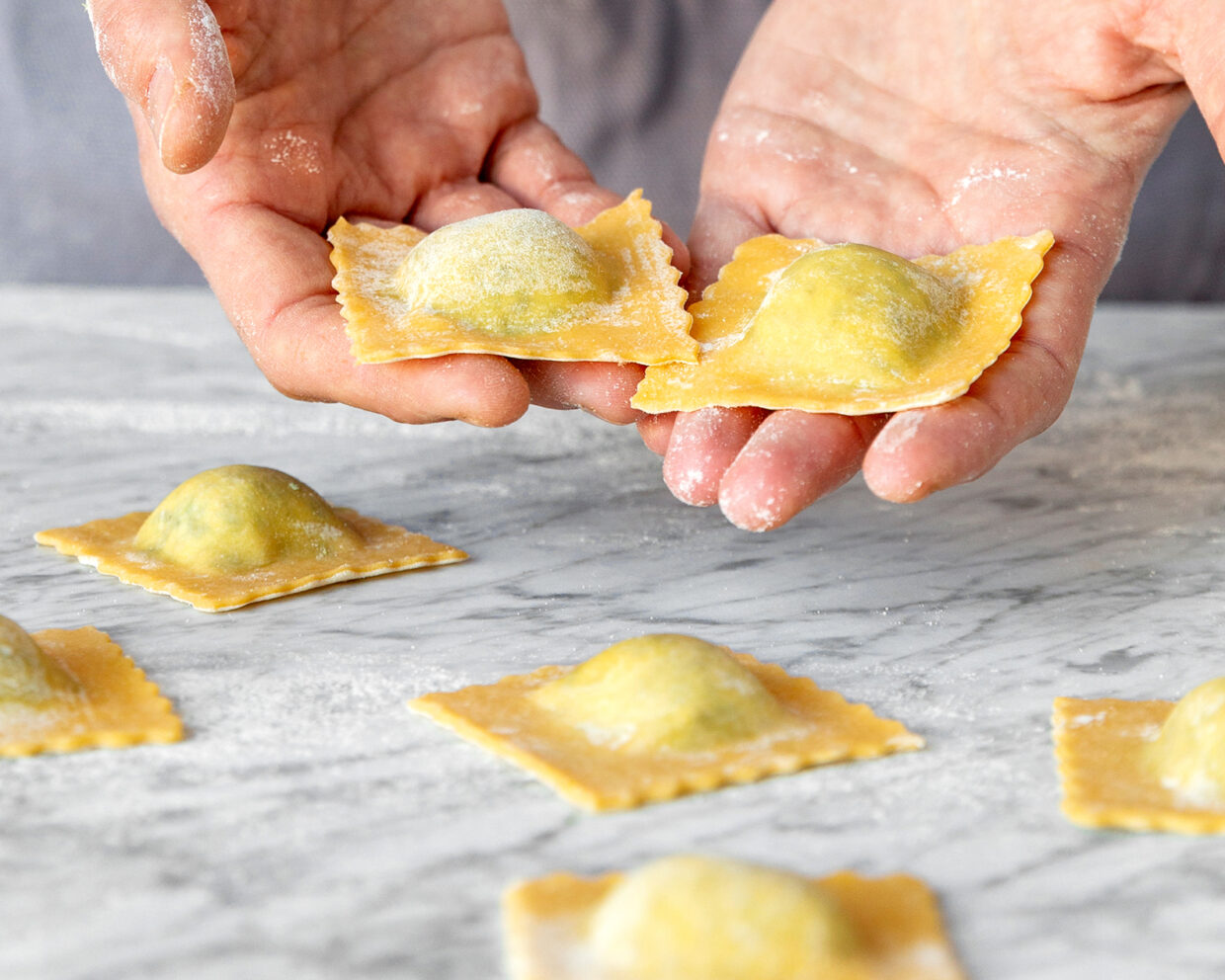
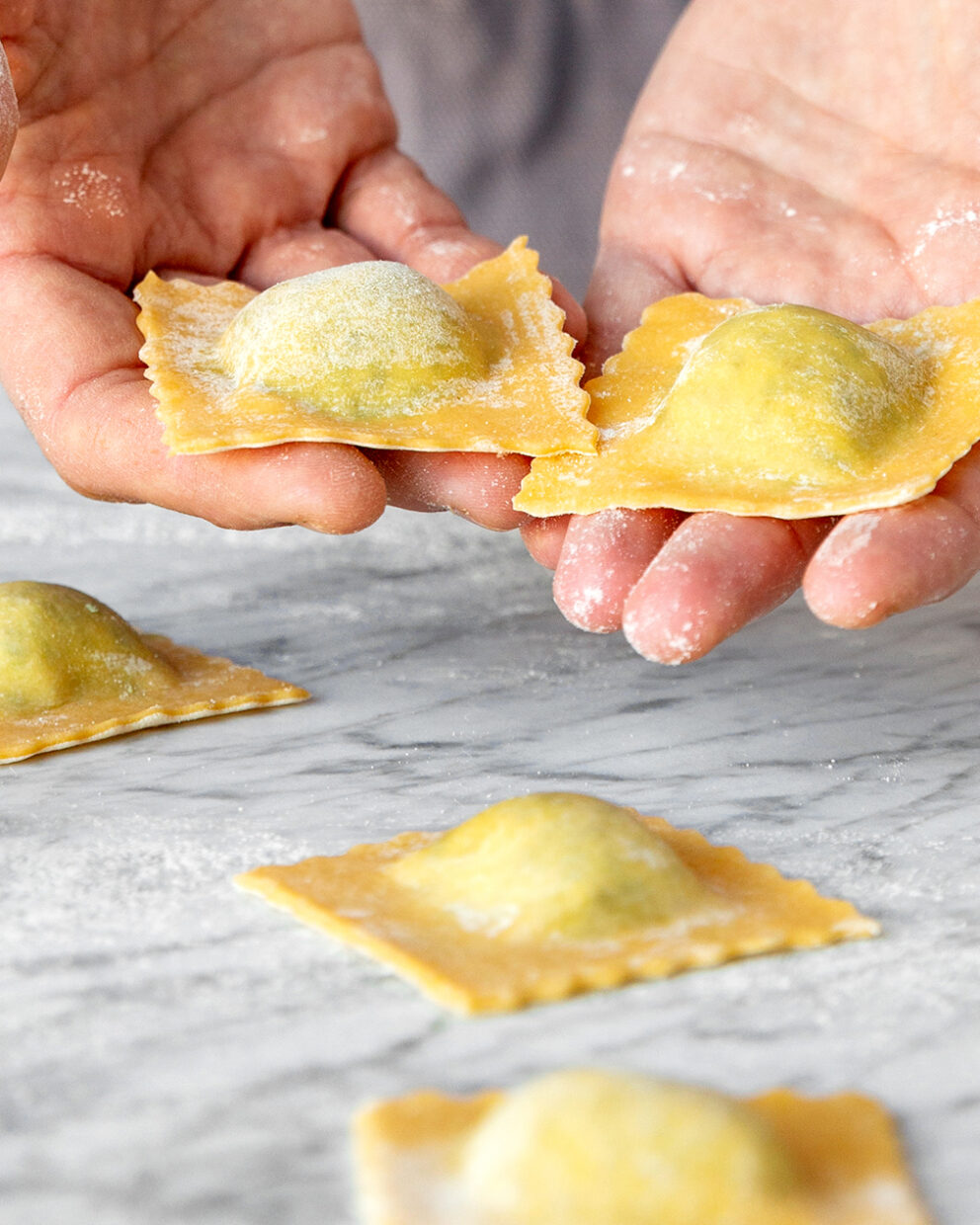
Want to share your thoughts? We're excited to hear what you think of the article. Tell us about your ideas, tips or questions! Leave a comment and share your knowledge with the community. Your opinion counts.
Write a comment